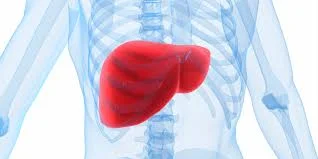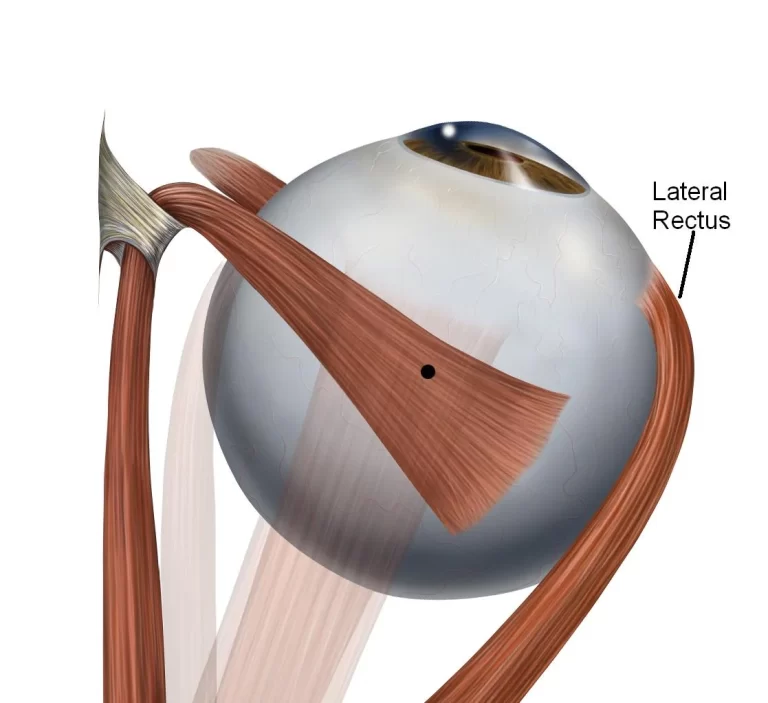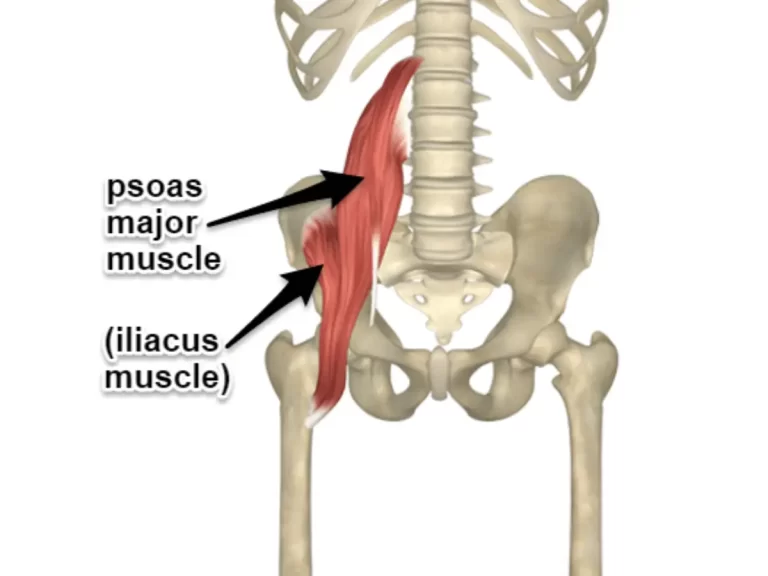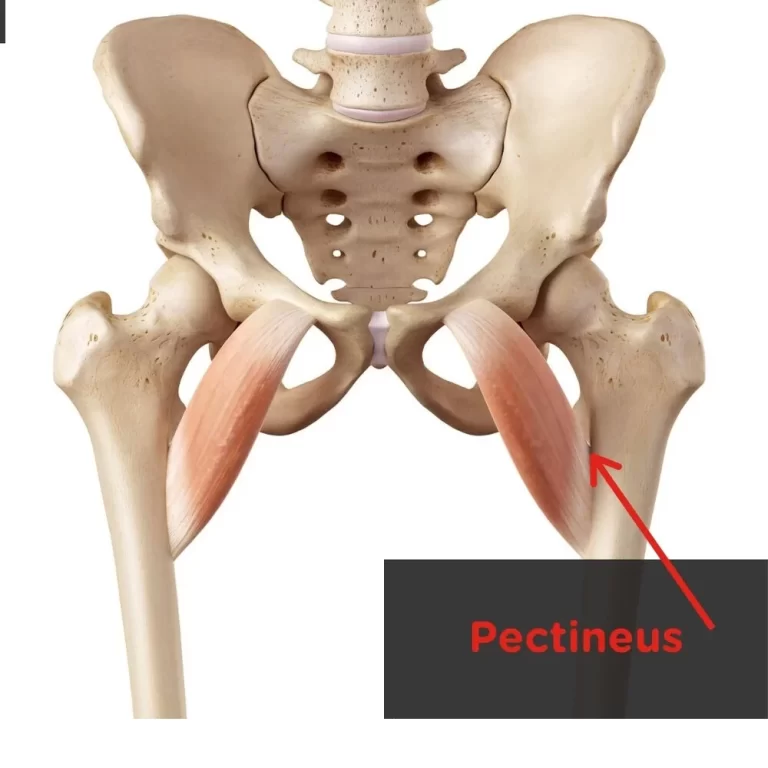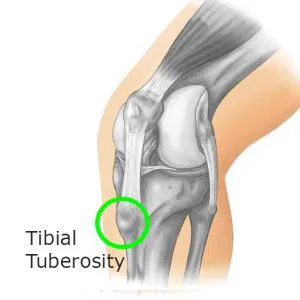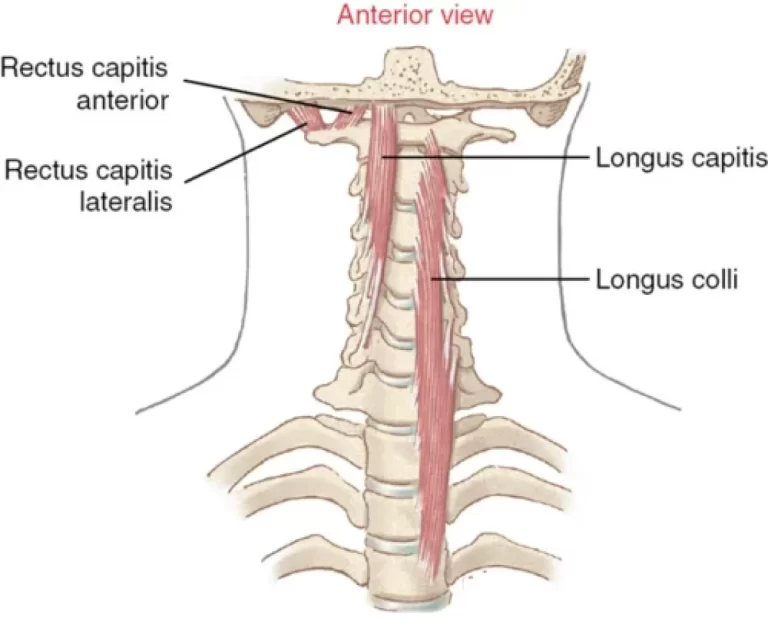The Liver: Anatomy, and Functions
Table of Contents
Introduction
The liver is the largest internal organ in your body, weighing between 3 and 5 pounds. The liver covers the majority of the space in your rib cage and is located on the right side of your upper body, below the lungs.
The gallbladder is located under the liver and stores bile created by the liver. The liver is divided into two sections, or lobes: the larger right lobe and the smaller left lobe. These two lobes are connected by tissue that holds your liver in place.
The Anatomy of the Liver
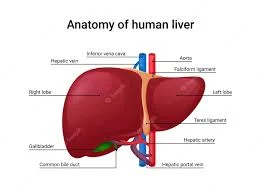
The liver is an organ found in the upper right quadrant of the abdomen. It is located beneath the diaphragm and above the stomach, right kidney, and intestines. The liver performs numerous functions.
Here are two distinct sources of blood supply to the liver:
- The hepatic artery supplies oxygenated blood.
- The hepatic portal vein delivers nutrient-rich blood.
The liver is divided into two sections (lobes). Both have eight segments. A thousand small lobes (lobules) make up the segments. The lobules are linked to small ducts (tubes), which connect to larger ducts to form the common hepatic duct. The common hepatic duct transports bile produced by liver cells to the gallbladder and the duodenum (the first part of the small intestine). Bile is a clear yellow or orange fluid that’s helpful in the digestion of food.
The liver is reddish-brown and wedge-shaped, with the small end above the spleen and stomach and the large end above the small intestine. The entire organ is located beneath the lungs in the right upper abdomen.
Structure of the liver
The liver is divided into four lobes: the larger right and left lobes, and the smaller caudate and quadrate lobes. The falciform (“sickle-shaped” in Latin) ligament, which connects the liver to the abdominal wall, separates the left and right lobes. The liver lobes are further subdivided into eight segments, each consisting of thousands of lobules (small lobes). Each of these lobules has a duct that drains bile from the liver to the common hepatic duct.
Parts of the liver
Some of the most important individual parts of the liver are as follows:
- A common hepatic duct is a tube that drains bile from the liver. It is created by joining the right and left hepatic ducts.
- Falciform Ligament: A thin, fibrous ligament that connects the liver’s two lobes to the abdominal wall.
- Glisson’s Capsule: A loose connective tissue layer that surrounds the liver and its associated arteries and ducts.
- Hepatic Artery: The main blood vessel that supplies oxygenated blood to the liver.
- The Hepatic Portal Vein: A blood vessel that transports blood to the liver from the gastrointestinal tract, gallbladder, pancreas, and spleen.
- Lobes: The anatomical sections of the liver.
- Lobules are microscopic liver building blocks.
- The peritoneum is a membrane that protects the liver.
Function of the liver
The liver is a vital organ in the body that performs over 500 vital functions. These include waste and foreign substance removal from the bloodstream, blood sugar regulation, and the production of essential nutrients.
The liver is in charge of regulating the majority of chemical levels in the blood. Bile, a clear yellow or orange fluid, is also secreted. Bile helps to break down fats and prepares them for digestion and absorption.
All of the blood that leaves the stomach and intestines is processed by the liver. The liver processes this blood, breaking it down, balancing it, and producing nutrients for the body to use. It also converts (metabolizes) medicines in the blood so that the body can use them.
The liver is responsible for numerous processes, such as:
- Albumin is a protein that prevents fluids in the bloodstream from leaking into surrounding tissue. It is also in charge of delivering hormones, vitamins, and enzymes throughout the body.
- Bile Formation: Bile is a fluid that is essential for fat digestion and absorption in the small intestine.
- Filters Blood: All blood that exits the stomach and intestines is filtered by the liver, which removes toxins, byproducts, and other potentially harmful substances.
- Amino acid regulation: Amino acids are required for protein production. The liver controls the levels of amino acids in the bloodstream.
- Vitamin K is used to generate blood clotting coagulants, which can only be absorbed with the help of bile, a fluid produced by the liver.
- Infection Resistance: As part of the filtering process, the liver removes bacteria from the bloodstream.
- Vitamins and minerals are stored in significant quantities by the liver, which also stores iron and copper.
- Processes Glucose: Excess glucose (sugar) in the bloodstream is removed by the liver and stored as glycogen. It can convert glycogen back into glucose as necessary.
Liver diseases
Liver disease can be transmitted genetically. Viruses, alcohol consumption, and obesity are all examples of factors that can harm the liver.
Long-term liver damage can result in scarring (cirrhosis), which can lead to liver failure, a potentially fatal condition. On the other hand, early treatment may allow the liver to heal.
Causes of liver diseases
The liver can be damaged by a variety of conditions. The following are the most common:
- Alcohol-related liver disease and fatty liver disease (extra fat) are two diseases that occur when a person consumes too many toxins.
- Hemochromatosis (iron overload) and Wilson disease (too much copper in the body) are inherited diseases.
- When abnormal cells grow too quickly in the liver, it causes cancer.
- Affects the liver when the immune system attacks it, as in autoimmune hepatitis, primary sclerosing cholangitis, and primary biliary cholangitis.
- Hepatitis A, B, and C are examples of viral infections.
- Many of these conditions can result in cirrhosis (liver scarring).
- Damaged liver tissue can sometimes regenerate or grow back. At times, liver disease can cause severe symptoms and even be fatal.
Symptoms of liver diseases
Jaundice is one of the most common symptoms of a liver disorder.
Jaundice causes the skin and whites of the eyes to turn yellow due to an excess of bilirubin in the blood. Bilirubin is a yellow waste product produced by the liver during the breakdown of red blood cells. greater amounts of bilirubin might suggest a liver problem.
Other signs of liver disease include:
- Ascites
- Simple bruising.
- Skin itch.
- Blood pressure is low.
- Abdominal Pain
- Legs or ankles that swell.
- Shaking (tremors).
- Weakness, loss of balance, or persistent exhaustion.
- Confusion or disorientation
Risk Factors of Liver Diseases
If you do any of the following, you may be at risk for liver problems:
- Are regularly exposed to chemicals.
- Have excess weight/obesity.
- Consume a lot of alcohol.
- Have a family history of liver disease.
- Poor personal hygiene includes unprotected sex, sharing personal items, and not washing your hands frequently.
Having a healthy liver
The best way to avoid liver disease is to live a healthy lifestyle. The following are some suggestions to help keep the liver functioning properly:
- Avoid Illicit Drugs: Illicit drugs contain toxins that the liver must remove. Using these drugs can have long-term consequences.
- Moderate Alcohol Consumption: Alcohol must be broken down by the liver. While the liver can tolerate moderate amounts of alcohol, excessive alcohol consumption can be harmful.
- Exercise regularly: A regular exercise regimen will help promote overall health for all organs, including the liver.
- Eat Healthy Foods: Excessive fat consumption can impair liver function and lead to fatty liver disease.
- Use Safe Sex: Protect yourself from sexually transmitted diseases such as hepatitis C.
- Vaccinate: Obtain appropriate vaccinations against hepatitis A and B, as well as diseases that grow in the liver, such as malaria and yellow fever.
Summary
The liver is the largest internal organ in the body, weighing between 3 and 5 pounds. It is located in the upper right quadrant of the abdomen and performs over 500 vital functions, including waste and foreign substance removal, blood sugar regulation, and the production of essential nutrients. The liver is divided into two sections (lobes): the larger right lobe and the smaller left lobe.
The liver is reddish-brown and wedge-shaped, with the small end above the spleen and stomach and the large end above the small intestine. It is divided into four lobes, and the liver is further subdivided into eight segments, each of which contains thousands of lobules (small lobes). Each lobule has a duct that drains bile from the liver to the common hepatic duct.
Some of the most important individual parts of the liver include the common hepatic duct, the falciform ligament, and the peritoneum. The liver is responsible for regulating chemical levels in the blood, secreting bile, breaking down fats, filtering blood, regulating amino acids, making blood clotting coagulants, and removing bacteria from the bloodstream.
Liver disease can be transmitted genetically or caused by factors such as viruses, alcohol use, and obesity. Long-term liver damage can result in scarring (cirrhosis), which can lead to liver failure, a potentially fatal condition. An early diagnosis and treatment may allow the liver to heal.
Symptoms of liver disease include jaundice, ascites, abdominal discomfort, swelling, shaking, weakness, loss of balance, or persistent exhaustion. Risk factors for liver problems include regular exposure to chemicals, excess weight/obesity, excessive alcohol consumption, a family history of liver disease, and poor personal hygiene.
To avoid liver disease, it is best to live a healthy lifestyle. Some suggestions to help keep the liver functioning properly include avoiding illicit drugs, moderate alcohol consumption, and exercising regularly.
FAQs
The liver is located in the abdominal cavity’s upper right quadrant, beneath the diaphragm, and on top of the stomach, right kidney, and intestines.
The liver’s right lobe is larger than its left lobe. The liver’s right lobe is divided into four sections. The right hepatic vein divides it into the anterior and posterior right lobes. The portal vein also divides it into the upper and lower right lobes.
The liver receives blood from two places. The first is the hepatic artery, which transports oxygenated blood from the general circulation to the liver. The hepatic portal vein, which transports nutrients from the small intestine in deoxygenated blood, is the second.
The liver is a bilobed triangular structure with a larger right lobe and a smaller left lobe. The falciform ligament connects the two lobes. Glisson’s capsule is a fibrous tissue layer that covers the liver. The peritoneum protects this capsule.
The gallbladder is a hollow, pear-shaped, saclike organ located beneath the right lobe of the liver. Bile, a greenish-brown fluid produced by the liver to aid in the breakdown and utilization of fats, is stored in the gallbladder. When someone eats, the gallbladder releases bile into the intestines to aid in digestion.
References:
- default – Stanford Medicine Children’s Health. (n.d.). https://www.stanfordchildrens.org/en/topic/default?id=anatomy-and-function-of-the-liver-90-P03069
- Liver: Anatomy and Functions. (2019, November 19). Johns Hopkins Medicine. https://www.hopkinsmedicine.org/health/conditions-and-diseases/liver-anatomy-and-functions
- The Liver and Its Functions. (n.d.). https://columbiasurgery.org/liver/liver-and-its-functions
- Professional, C. C. M. (n.d.). Liver. Cleveland Clinic. https://my.clevelandclinic.org/health/articles/21481-liver
- Liver problems – Symptoms and causes – Mayo Clinic. (2023, June 21). Mayo Clinic. https://www.mayoclinic.org/diseases-conditions/liver-problems/symptoms-causes/syc-20374502

